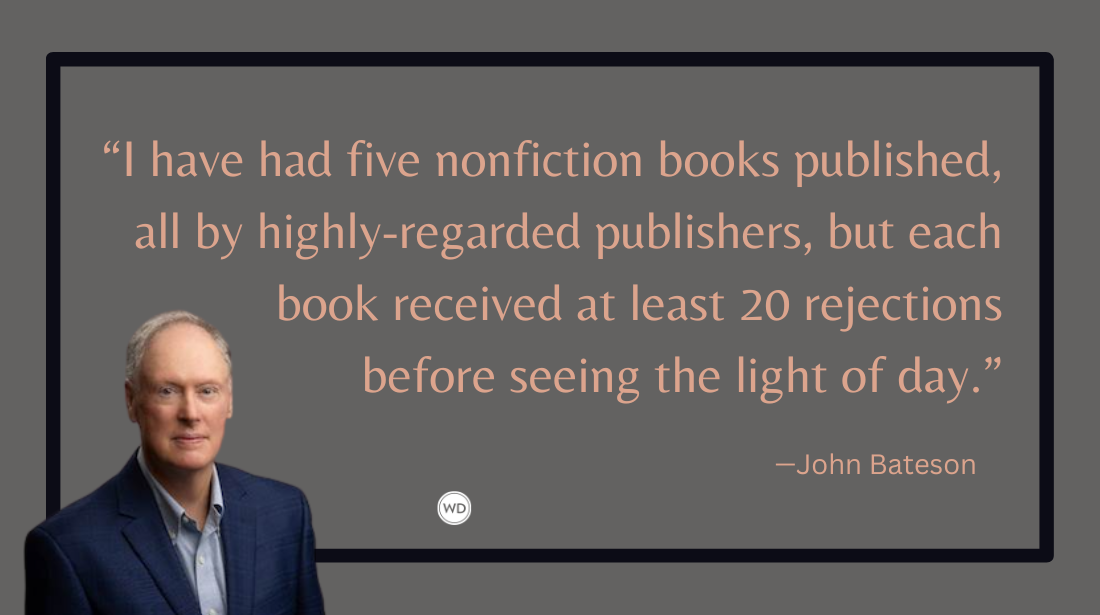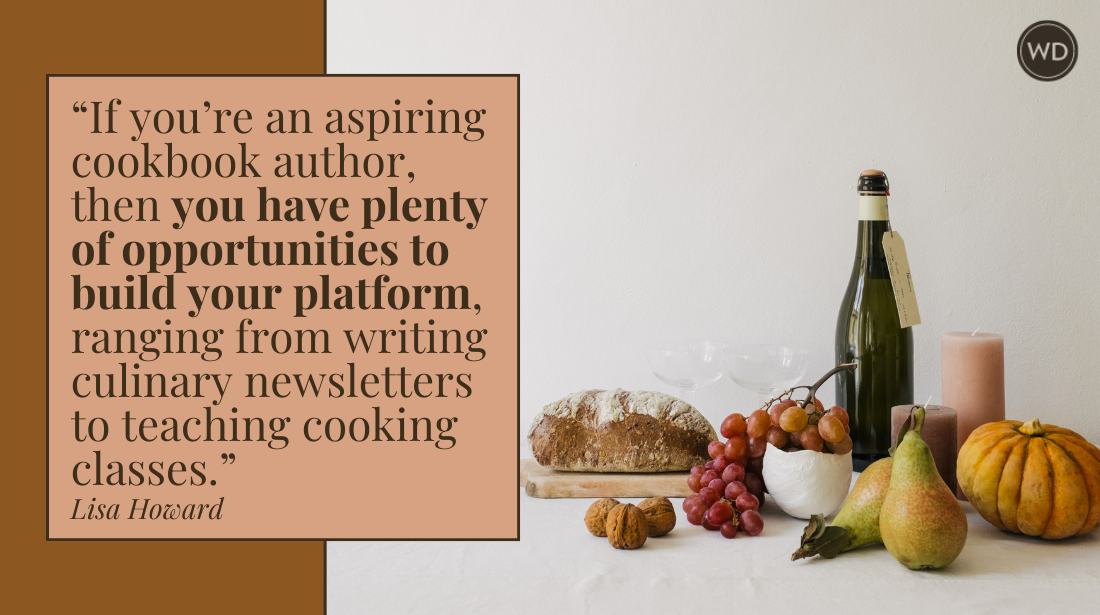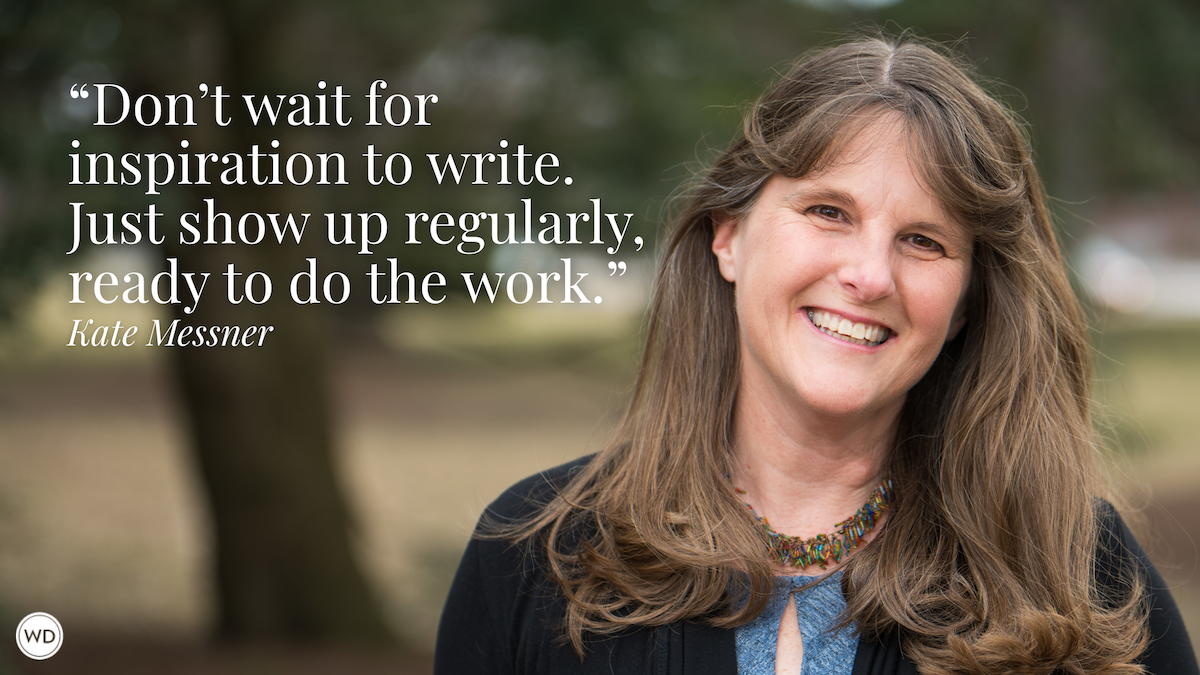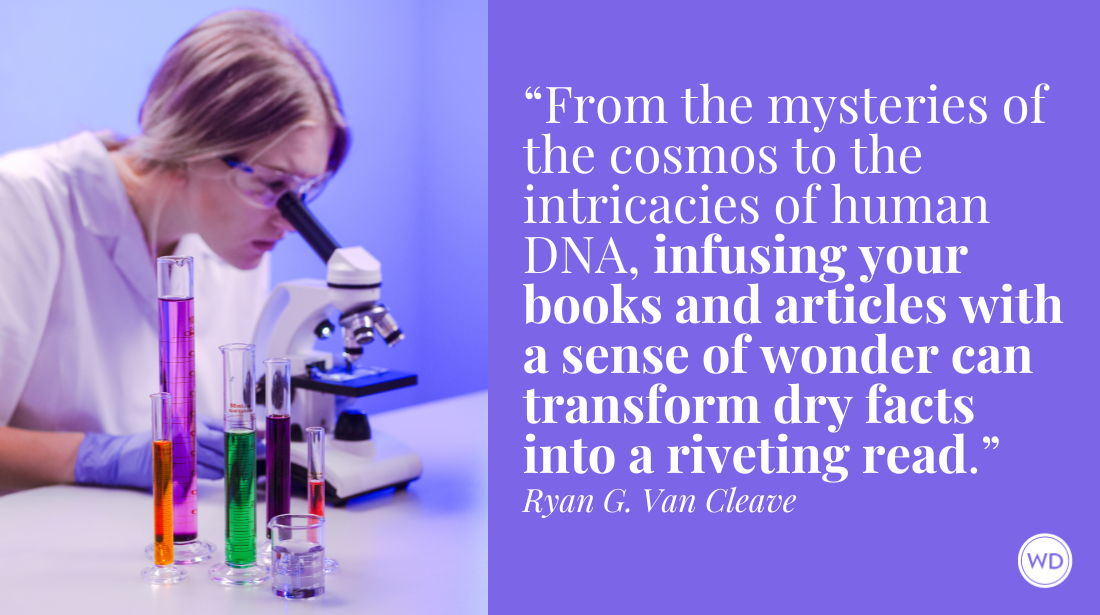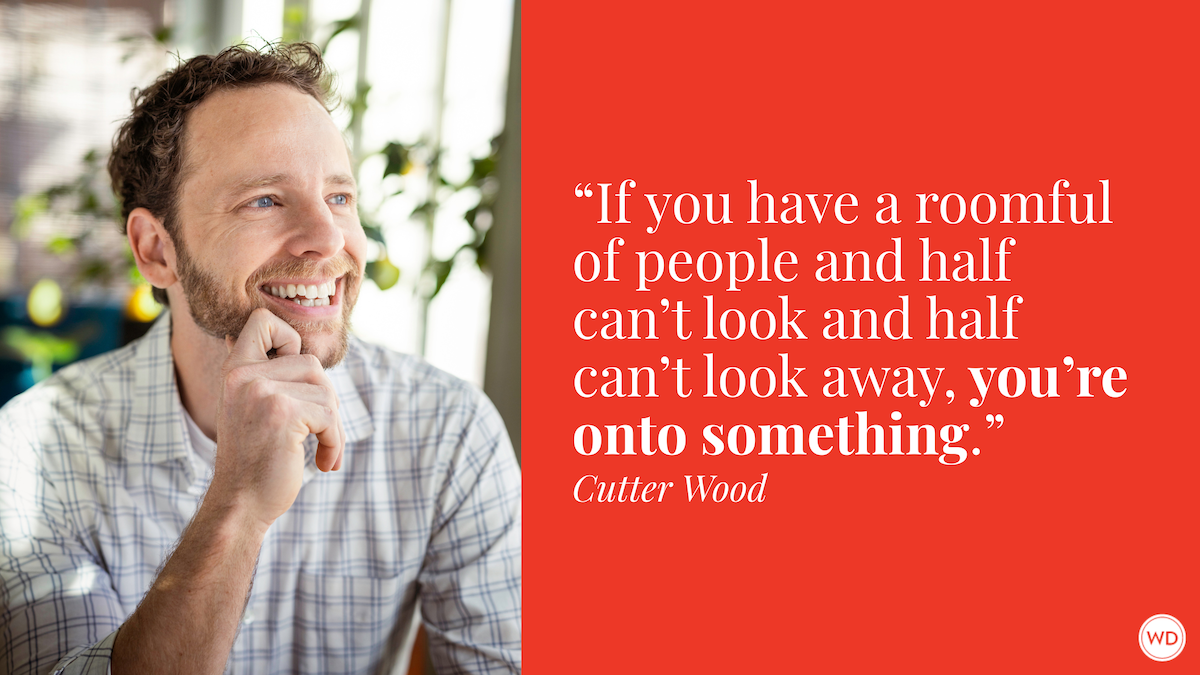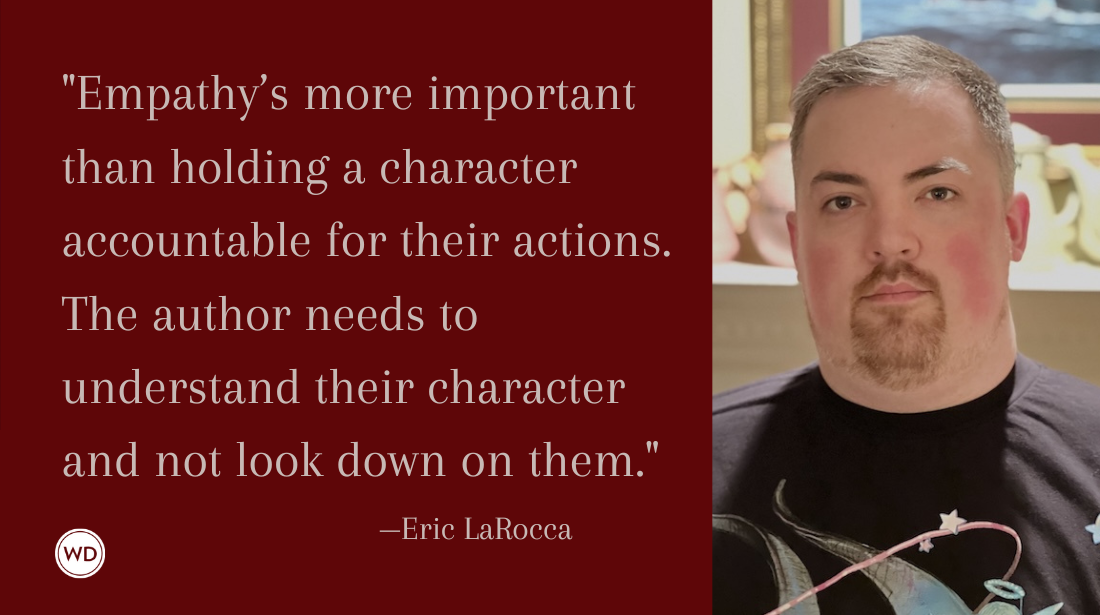Author Spotlight: Heather Lanier on Raising a Rare Girl
In this author spotlight, Heather Lanier shares how her blog posts put her on the path to publication success with a new book, Raising a Rare Girl.
Name (byline): Heather Lanier
Literary agent (if one): Anna Knutson Geller, Write View
Book title: Raising a Rare Girl
Publisher: Penguin Press
Expected release date: July 7, 2020
Genre/category: Memoir
Elevator pitch for the book (1-2 sentence pitch):
“Raising a Rare Girl is not just a memoir about Heather Lanier’s first few years as a mother, nor is it only about the challenges of raising a child with a rare syndrome in a world that does not welcome differences. It’s a tender and powerful book that asks us to look honestly at what we expect of our children, each other, and ourselves, and explores the unexpected joy that comes when we release those expectations.” – Kerry Egan, author of On Living
Previous titles (if any) by the author:
· Heart-Shaped Bed in Hiroshima (Standing Rock Cultural Arts) [poetry chapbook]
· The Story You Tell Yourself (Kent State University Press) [poetry chapbook]
What prompted you to write this book?
Because my first child was diagnosed with an ultra-rare syndrome, I had a pretty unusual entry into motherhood. I started writing a blog, Star in Her Eye, as a way to connect with readers who might relate. I wrote about the weird ableist encounters we had with doctors, and about the challenges and delights of raising a kid who defied nearly every measurement of normal.
I also published several essays about parenting and disability. One was called “SuperBabies Don’t Cry,” about the cultural pressure on women to make “perfect” babies, and about what I learned—or unlearned—as a result of my loving my rascally, atypical kid. I think when we strive to make the “best” children possible—and even the best selves possible—we’re trying to prevent suffering. But we’re not actually here to avoid suffering. Vulnerability is built into our very design—something a pandemic makes especially apparent. And I actually think there’s something holy and important about the ways we’re fragile. So I spent six months writing this hybrid personal narrative/cultural criticism called “SuperBabies Don’t Cry,” and the essay went viral. At that point, with five years of blog posts and a viral essay, I knew I had a book. An editor and an agent sent me emails within days of each other, which confirmed my next steps.
How long did it take to go from idea to publication? And did the idea change during the process? (Explain.)
There are two answers to this question: three years, and eight years.
I’ll start with the short version. “SuperBabies Don’t Cry” came out in the spring of 2017, and I spent the summer writing a book proposal. My agent, Anna Knutson Geller, helped tremendously in the process. She sent the proposal out in the fall, and two weeks later we had an offer. I delivered a first draft within fifteen months, and then my editor, her assistant, and I spent nine months in rounds of revisions, getting the manuscript closer and closer to finished. In the third year, the press readied the book for the world: layout, cover art, etc.
But integral to those three (relatively expedient) years were those five previous ones, when I was writing blog posts and publishing essays. I was doing a lot of low-stakes writing, throwing down thoughts and stories, asking questions, reaching readers. I watched some blog posts get lost in the ether and others rise to tens or even hundreds of thousands of views. And that helped me see what resonated. All the while, I was getting clearer and clearer on the story I wanted to tell—which made writing a book proposal relatively quick. Those five previous years were crucial to the process, even while I wasn’t necessarily thinking of a “Book” with a capital B.
The final product didn’t change much from the book proposal. But again, that’s because of all those earlier, low-stakes, messy, playful, generative years.
Were there any surprises or learning moments in the publishing process for this title? (Explain.)
I learned how important it is to have a great editor. In my case, I had two at Penguin Press: Ginny Smith Younce and her assistant (who’s now an editor herself), Caroline Sydney. They were incredibly attentive in their support of this book. Books are such complex beasts to make, and a writer has to press their nose up to the page—or screen—so closely in order to tackle each paragraph. I learned how vital it is to have someone responsive and thorough who can perceive what you’re doing—the forest and the trees—and then render it back to you with honesty and clarity and care. Ginny and Caroline did that for me.
Were there any surprises in the writing process for this book? (Explain.)
Oh yes! Because I’d already been writing about raising a rare kid for five years, once it was time to shape the book, I thought I could use a lot of what I’d already written.
Writing is nothing, though, if not hard. The summer that I wrote the proposal, I was also cleaning out my family’s basement. When I reread the hundreds of pages I’d written about parenting, it was the literary equivalent of sorting through basement boxes. Tennis rackets, casserole dishes, old baby toys. I found plenty of gems—both in the basement and in my writing. But in neither place was there any order or intention.
In the case of the book, one thing I needed was a unifying narrator, a version of myself who could tell the whole story. This narrator needed to simultaneously sympathize with my past self’s grief and fear and even ableism, as I fretted over my baby’s diagnosis, and also transcend all those feelings. She needed to be self-deprecating, witty, compassionate, and illuminative. It was the same voice I’d found when I wrote “SuperBabies Don’t Cry.” But all the writing I’d done years earlier came from a very different voice. That version of myself was tangled up in the uncertainties of new motherhood. She lacked the perspective I needed to tell the story.
I ended up making a list of every single moment I’d written about, briefly describing each on a narrow sticky note, and ordering the sticky notes on a timeline. [See image below.] Then I chose the most crucial moments and rewrote them, recasting the material in the new, more reflective voice.
What do you hope readers will get out of your book?
I hope parents of unique kids feel seen, connected, and inspired. I also hope the book helps us cast off the tyranny of "normal" and honor our kids—and each other—as we are: as unique expressions of humanity. But above all, I hope people read the book as a narrative version of Pema Chödrön's When Things Fall Apart. I hope it helps people, non-parents included, let the unexpected circumstances of our lives break us open into beautiful new ways of living—and loving.
If you could share one piece of advice with other authors, what would it be?
Don’t worry about platform-building. It’s a draining mentality and puts the cart before the horse. Focus on connecting with people. That might happen one reader at a time, one word at a time. That’s fine. That’s the work.
And celebrate the small increments. You might keep a tally of your daily writing goals and activities, like I do. Every day that I write, I make a note of what I did. I add whatever I’m chewing on, struggling with, or realizing. Then I set the next day’s goal. The goal can be simple: “Write a new beginning paragraph.” Or, “Write 300 words.” Or even, “Sit in the writing chair for thirty minutes without checking email.” Whatever happens in that next session, reward yourself for showing up, even if you don’t achieve the goal. Writing takes bravery. Honor your courage.
Order your copy of Raising a Rare Girl today.
[WD uses affiliate links.]
About Amy Jones
Amy Jones is the Editor-in-Chief of Writer’s Digest and was the managing content director for WD Books. She is the editor of the Novel and Short Story Writer's Market and Children's Writer's and Illustrator's Market. Prior to joining the WD team, Amy was the managing editor for North Light Books and IMPACT Books. Like most WD staffers, Amy is a voracious reader and has a particular interest in literary fiction, historical fiction, steamy romance, and page-turning mysteries. When she’s not reading, Amy can be found daydreaming about Italy or volunteering at her local no-kill cat shelter. Find Amy on Twitter @AmyMJones_5.



